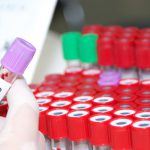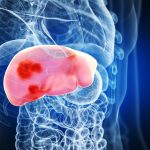What is Haemophilia?
Haemophilia is an inherited bleeding disorder in which there is a life-long defect in the clotting mechanism of the blood. In haemophilia one of the clotting factor proteins important for blood clotting is either partly or completely missing. People with haemophilia bleed for a longer period of time than those without haemophilia. People with haemophilia may also experience what are known as spontaneous bleeds, whereby they bleed into joints and muscles without having incurred an injury.




There are two types of haemophilia
- Haemophilia A is a deficiency of factor VIII (8). The incidence of haemophilia in the general population is 1 in 10,000 or 1:5000 males.
- Haemophilia B (also known as Christmas Disease) is a deficiency of factor IX (9). This is a less common form of haemophilia. The incidence in the general population is 1 in 50,000 or 1: 25,000 males.
Haemophilia treatment in Ireland is excellent and those with haemophilia can live an almost normal life with treatment.
Some signs of haemophilia are:
- Large or frequent bruising
- Bleeding into muscles and joints
- Spontaneous bleeding and bleeding for a long time after a surgery
- Heavy menstrual bleeding
How do bleeds occur?
There is a common misconception that people with haemophilia bleed a lot from minor cuts. In reality, external cuts, wounds, or bruises are usually not serious. Most bleeding in haemophilia occurs internally, into the joints or muscles. The joints that are most often affected are the knee, ankle and elbow. Repeated bleeding without prompt treatment can result in long term damage to the joint or muscle. When bleeding occurs in a vital organ, especially the brain, this can be very serious.








